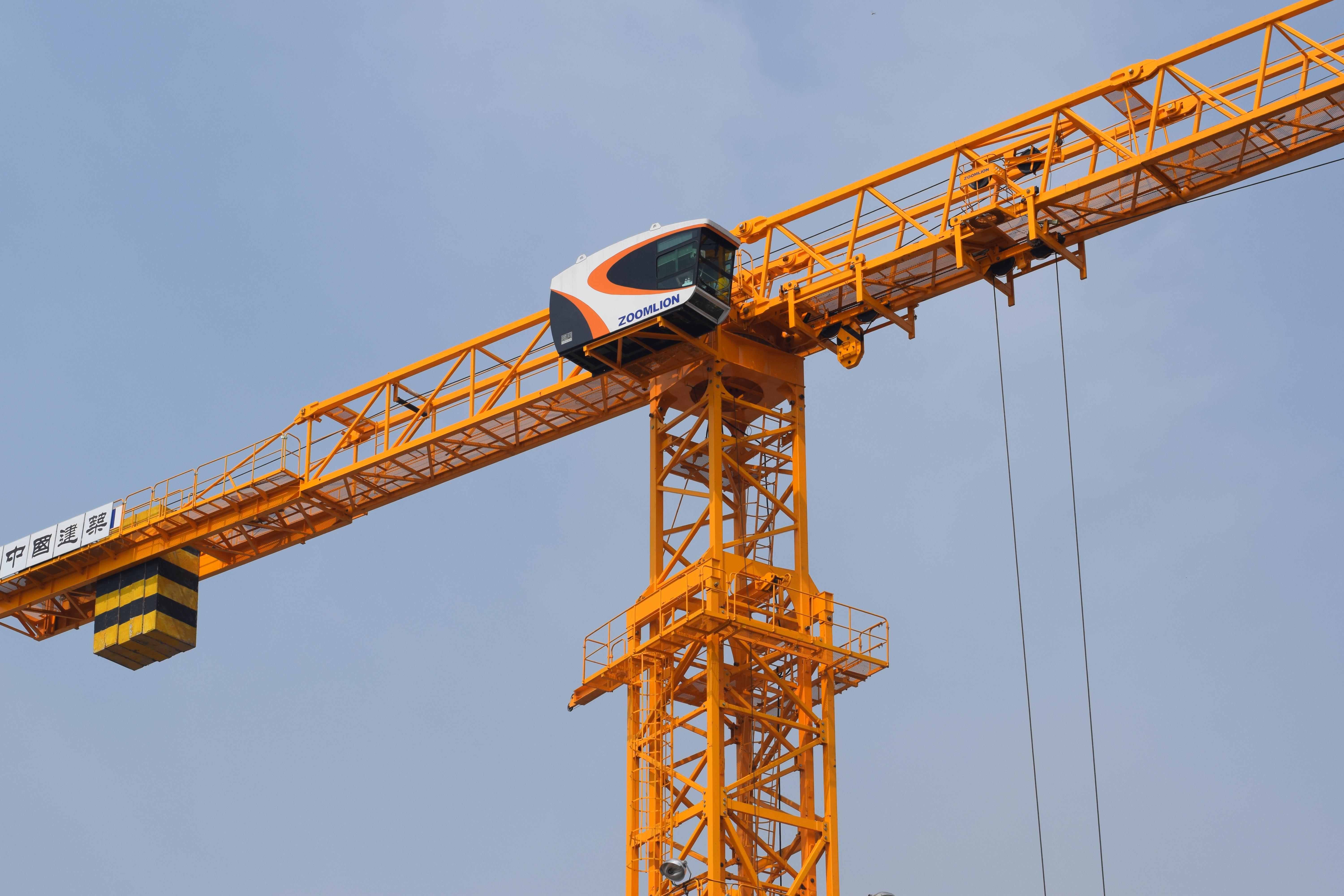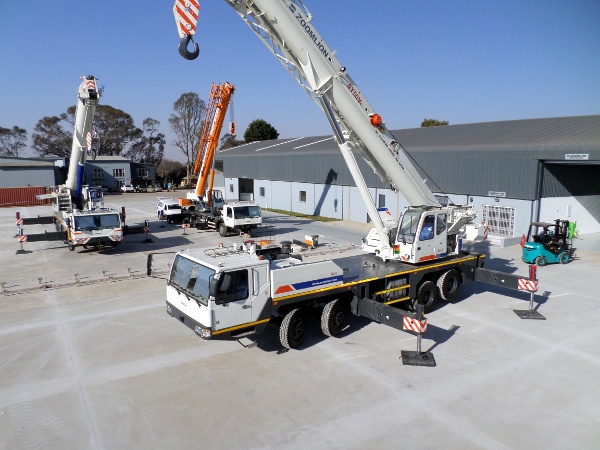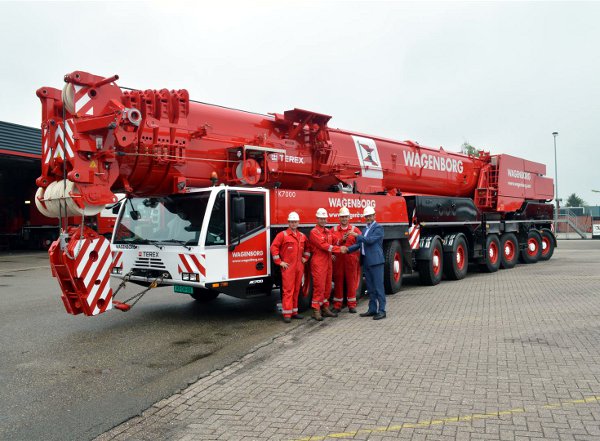Zoomlion’s tower crane division has extended its material handling hoist business with the acquisition of the Netherlands’ Raxtar.
Nearly 200 people attended the signing of the agreement at Shanghai’s Jin Mao Tower on August 8.
Zoomlion vice president He Wenjin said the acquisition showed Zoomlion’s “complete confidence” in the future of the Chinese and international construction machinery markets and its commitment to the strategy of helping Chinese machinery “go global”.
Raxtar’s products include material and passenger hoists, transport platforms and industrial lifts, with products used in benchmark projects such as the World Trade Center in New York.
Zoomlion said the acquisition would mean benefits to both companies, including improvement of the product spectrum, development of an international strategy and accelerating mergers and acquisitions.
Tang Shaofang, deputy general manger of Zoomlion’s hoisting machinery division, said: “This acquisition will bring in international advanced technology, which will improve operational performance, enhance service value and reduce lifting costs, thereby meeting customer requirements for increasing value an reducing costs.”
Raxtar said the partnership would help Zoomlion improve its products and brand impact, as well as provide its global customers with new construction hoist and vertical lift solutions.



